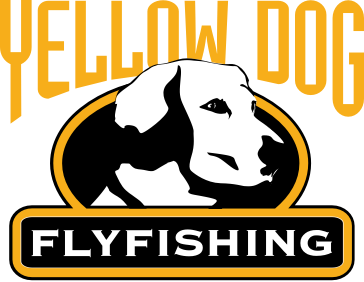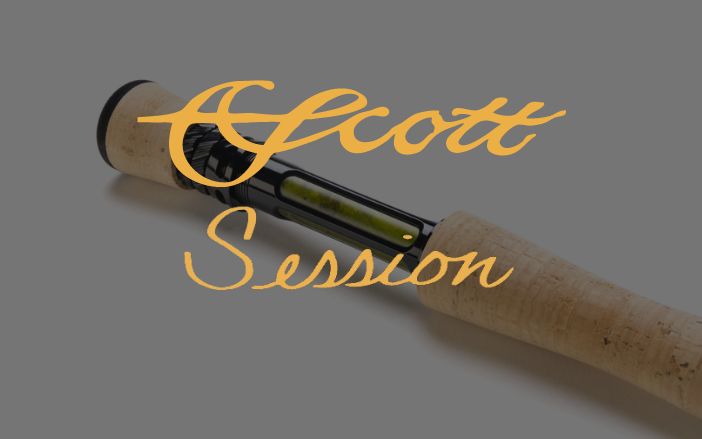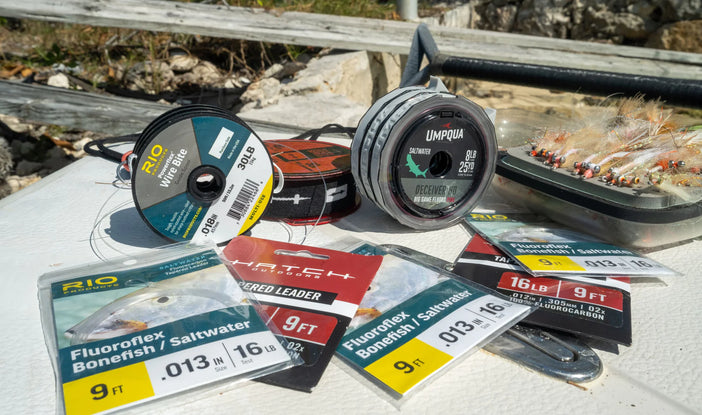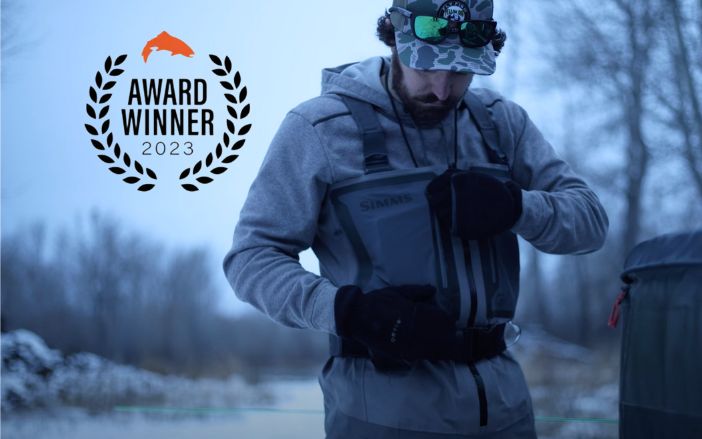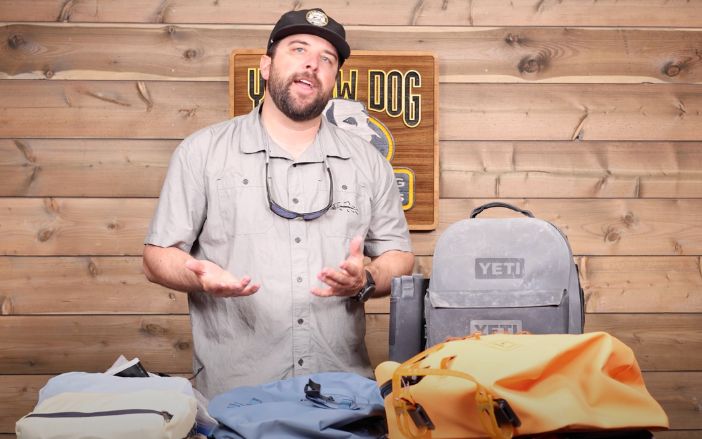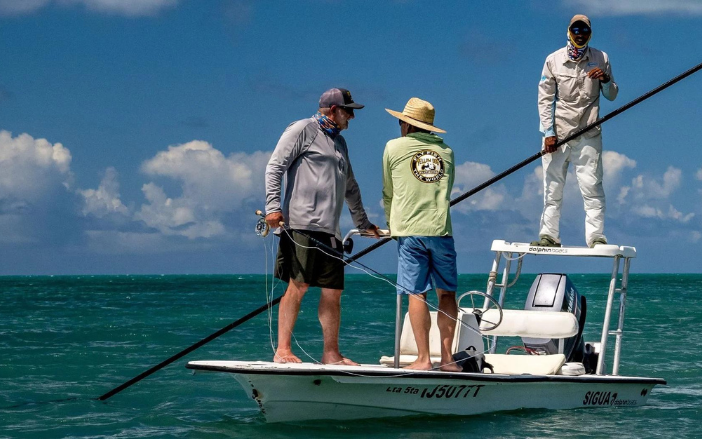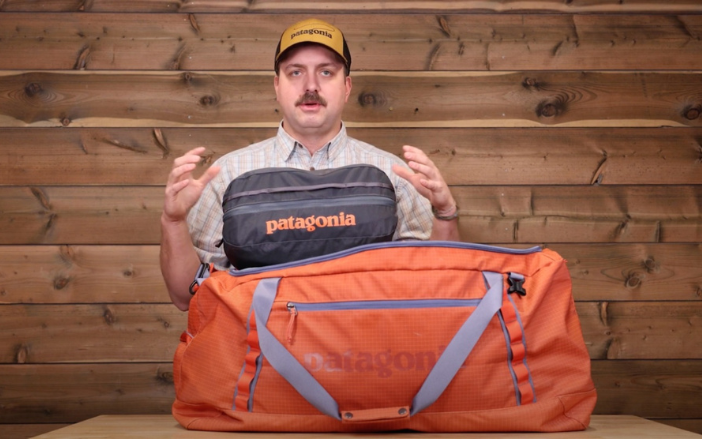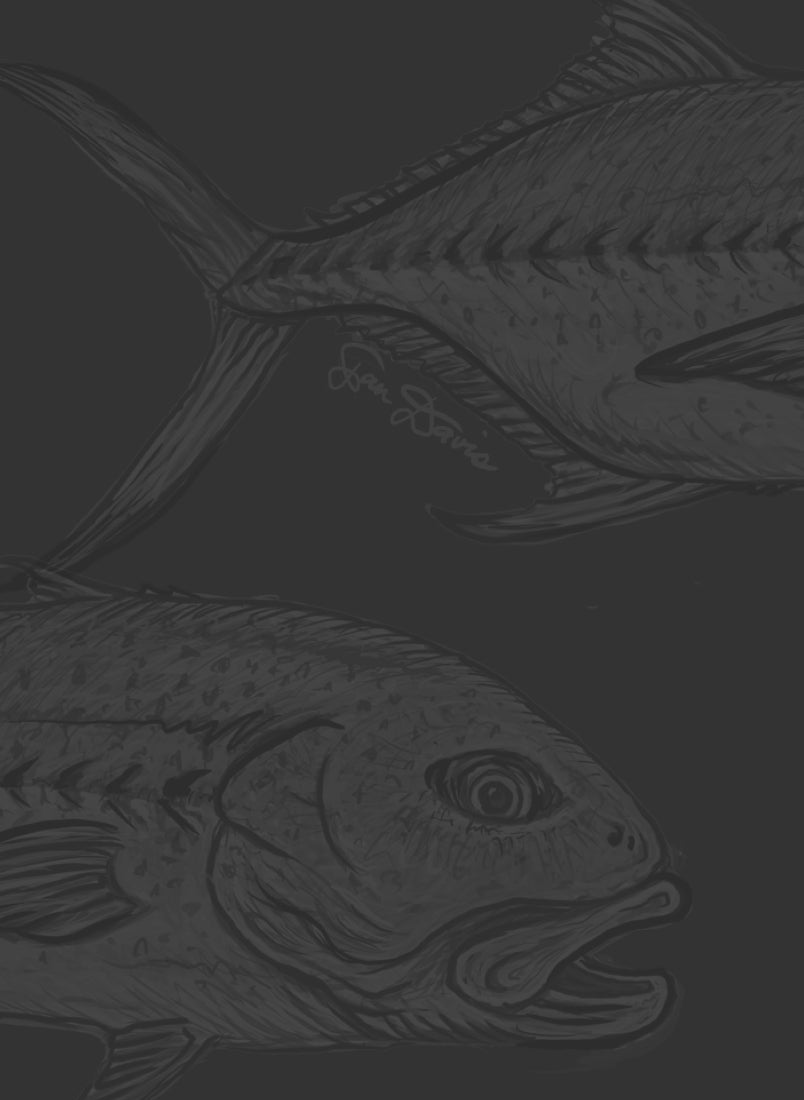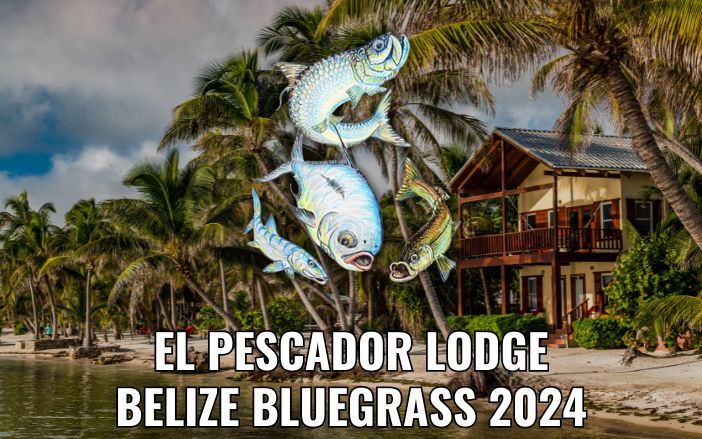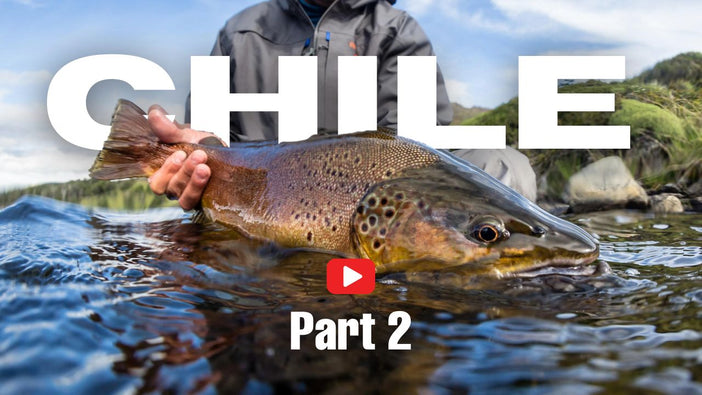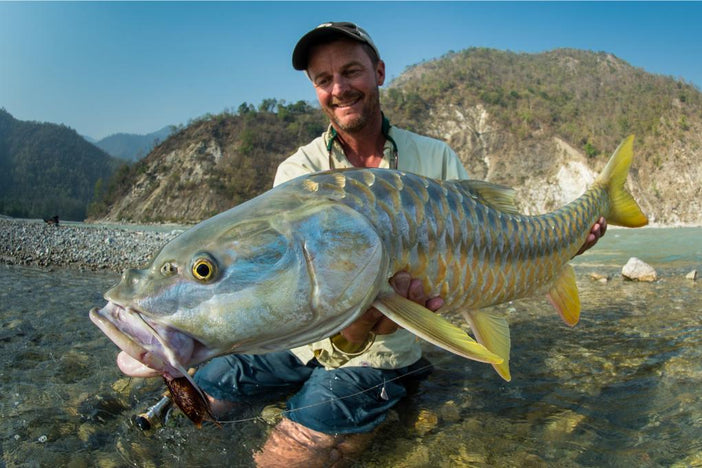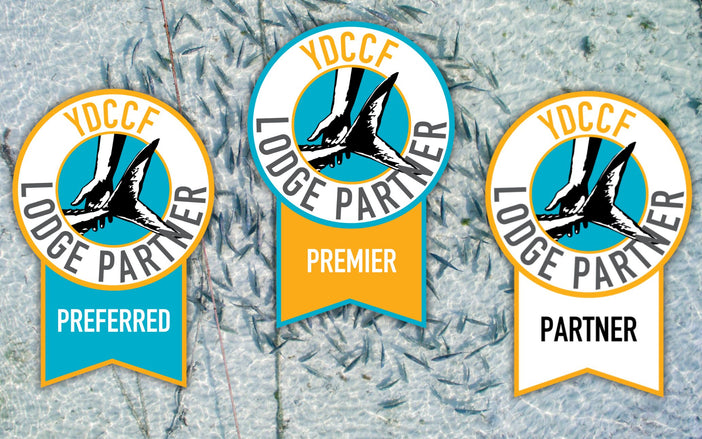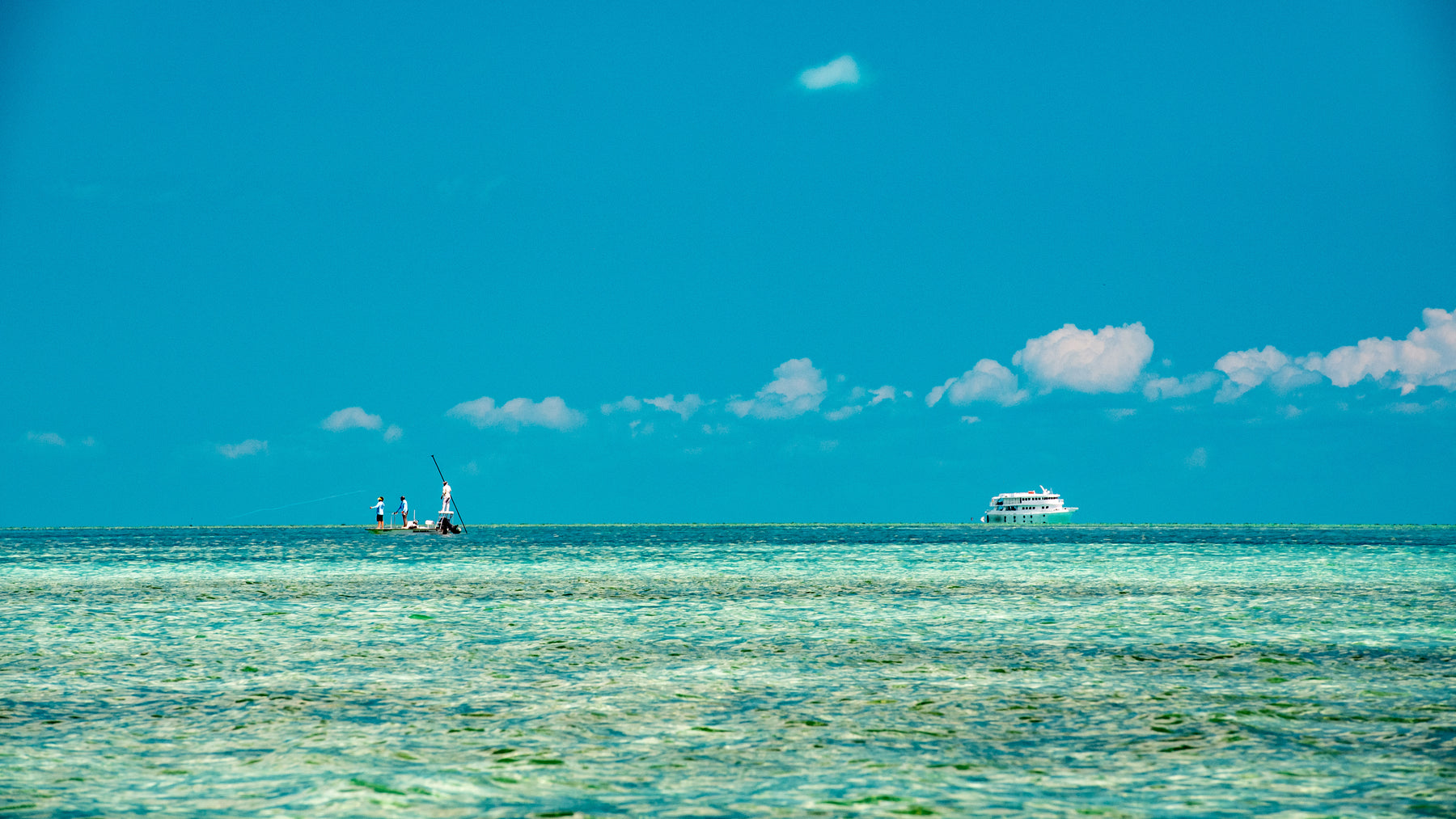Cuba is widely regarded as one of the finest saltwater fly fishing destinations in the Western Hemisphere. Bonefish, permit, tarpon, snapper, barracuda, triggerfish, and more are all routinely caught -- making it not only one of the best destinations to target these fish, but also pursue a saltwater grand slam.
Given the complex nature of Cuba's history and government, there are some real factors to consider before you start packing your gear. First and foremost, you need to bring everything you need for this trip--there is not a fly shop to swing by in Havana on the way to the dock. This includes your rod and reel setups, fly lines, apparel, flies, terminal tackle, and any miscellaneous items.
Secondly, Cuba's fisheries are dynamic. Your own preferences, the destination you are traveling to, and the time of year can dictate how you approach selecting and packing gear. You should build out your gear arsenal based on our species-specific recommendations below.
For a selection of gear, fly, apparel, and other recommendations specific to Cuba, view our Cuba Equipment List.
+ Cuba Equipment List Video Series
- Essential Flies for Fly Fishing in Cuba
- Fly Rods and Reels for Fly Fishing in Cuba
- Fly Lines, Leaders, and Tippet for Cuba
- Selecting Apparel and Sunglasses for Cuba
- Wading Boots and Packs for Fly Fishing in Cuba
- Must Have Gear and Travel Tips to Cuba
What Rods Should I Bring?
Rod selection for Cuba is species-specific, with some crossover. Ideally, anglers traveling to Cuba for a week of fishing should carry at least four saltwater fly rods. This may seem excessive, but it depends on how prepared you want to be to take advantage of a diverse fishery where many species can be targeted in the same fishing day.
Bonefish/Permit/Triggerfish/Other
A fast action, 9' 8-weight is the preferred rod most anglers utilize when pursuing bonefish in Cuba. It is strong enough to generally punch a fly through unfavorable winds, but also light enough as to not overdo it. In locations such as the Yucatan and Belize, the bonefish tend to be on the smaller side compared to Cuba--so while a 7-weight could work, keep in mind the bonefish are larger on average.
For permit and triggerfish, a fast action 9' 9-weight is typical, though a 10-weight can also work. The key is having a rod that can quickly and accurately deliver a cast as close as twenty feet or as far away as eighty.
Snapper are commonly found on the flats or feeding near mangrove cays and your bonefish and/or permit rod will double well here. If you haven't hooked a mutton snapper on fly--you want to!

Tarpon/Snook/Barracuda
Areas such as Jardine de la Reina and Juventud are synonymous with great tarpon fishing, though they are found throughout all of Cuba's programs. Resident tarpon can be found throughout the entire year, and the massive migratory tarpon show up sometime in the spring and generally stick around through mid-summer.
For juvenile tarpon and snook, a fast-action, 9' 10-weight is ideal. It also doubles as a barracuda rod with the addition of some wire bite tippet. An 11-weight is useful, especially if you encounter some larger fish. The best approach is to bring one of each and discuss with your guides upon arrival what they have been seeing. In the event you own a 12-weight but not an 11-weight, that will work fine for migratory fish.
We always recommend anglers bring backup rods--this destination does not have the resources to accommodate you if you break a rod and don't have a backup.
+ Waypoints Podcast: Fly Fishing Cuba with Kristen Tripp Episode 1 and Episode 2
Selecting the Right Reel
All reels should be high-quality, anodized, large arbor saltwater fly reels. Powerful, durable drag systems are a must to ensure you're gear is prepared to stand up to both the elements as well as the fish.
Your 8 and 9-weight rods should be backed with approximately 200 yards of 20-30# braid, covering you for bonefish, permit, and triggerfish. In the unlikely event you end up targeting smaller tarpon or snook on one of these rods, you likely have the backing you would need.
For your 10, 11, and/or 12-weights, 200-250 yards of 30# backing is highly recommended. A charging migratory tarpon can eat up your backing, and if you are going to splurge on the highest quality drag system, it should be for this setup.

Choosing A Fly Line
Fly lines for Cuba are fairly straightforward: saltwater, floating, tropical-rated fly lines are going to be your staple fly line for the majority of the trip across all species.
The addition of an intermediate line or sink tip line can be very useful in the event you are fishing deeper water for tarpon. Channels and blue holes are very common locations to find large tarpon and need to be targeted deeper in the water column. An angler can opt to buy a spare spool lined with their intermediate line, or pack it as a precaution incase the guides deem it necessary.
An important component to consider is the taper of your fly line. If you don't have a ton of experience with fly lines, a general, all-around flats fly line can work. Also, there are a number of species-specific fly lines on the market designed with the intricacies of each species in mind.

Leaders & Tippet
Again, leaders and tippet is best broken down by species. We recommend anglers bring at least a couple saltwater leaders for each rod weight for a week of fishing, or more if they want to fish a fresh leader more regularly.
Bonefish
Nine to ten foot 12# leaders are standard with the addition of 12# and 16# tippet spools as needed. Depending on conditions, the scenario, and your experience will determine the length and weight-class of your leader and your guide can provide you with insights.
Permit/Triggerfish
Your best all-around permit leader is approximately a 10', 16# tapered leader. A tapered leader is crucial for being able to have the extra power from a stout butt section to turn over heavier flies. Conditions, the fish, your abilities, and fly selection may change the length and weight-class of your leader--we suggest bringing spools of 16# and 20# fluorocarbon tippet spools.
Tarpon/Snook/Barracuda
Tarpon leaders can be a complicated topic with a lot of differing opinions. The fishery and traditions of a region will often dictate what sort of leader guides opt for, and Cuba is a great example of that. It isn't uncommon for a Cuban guide to want to fish a straight 60# leader for tarpon. While this does mean you can potentially apply greater pressure on the fish, it also carries some risks for yourself and the tarpon. If the line wraps around your leg or your finger, there isn't a weak point on that line. Additionally, if a shark appears, it will be difficult to break the fish off to prevent predation.
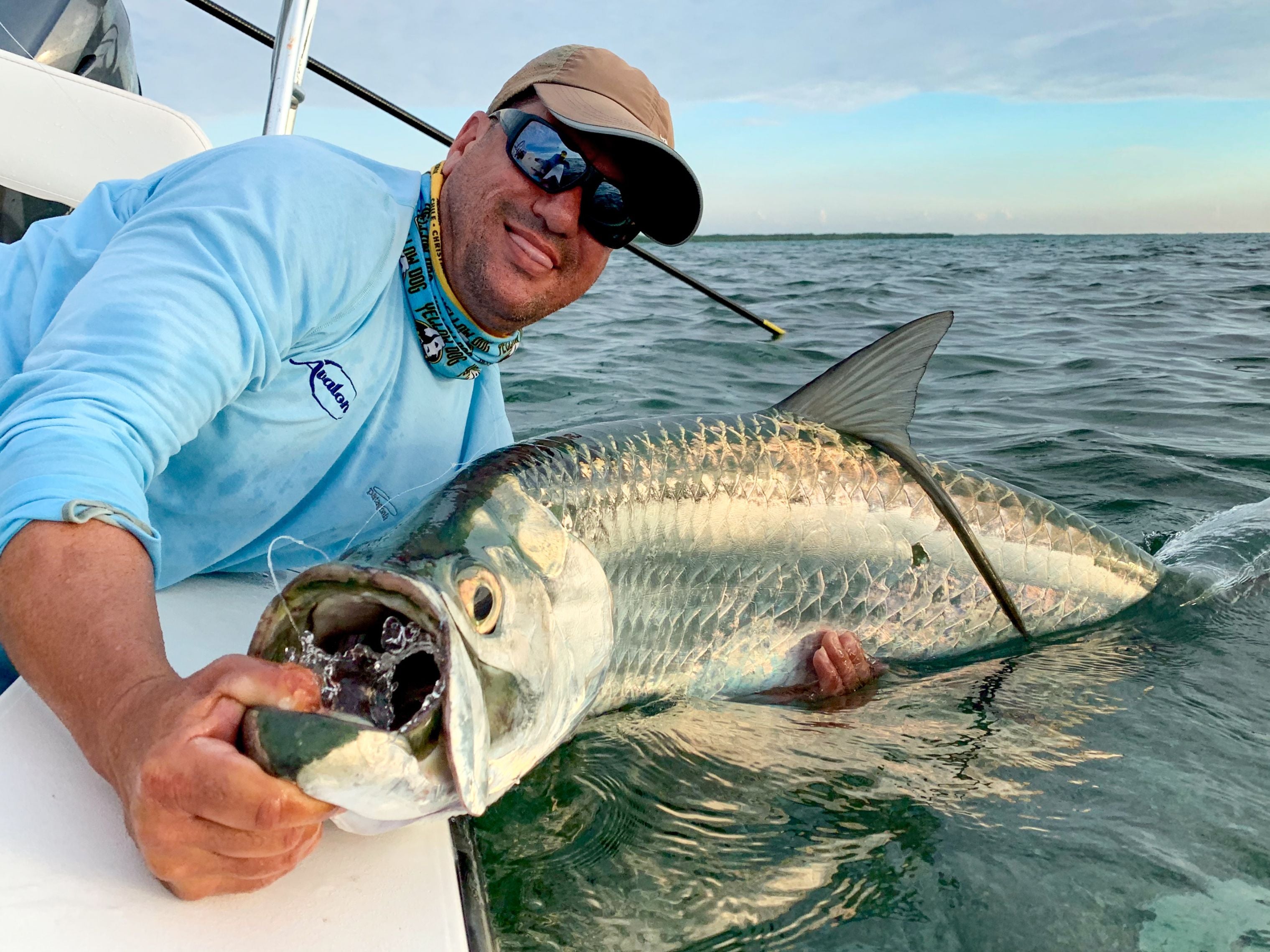
With that said, consider your options. Buying a couple packs of tapered leaders designed for tarpon is an easy solution. Or, consider bringing spools of fluorocarbon to build leaders onsite. A 16 or 20# leader with a shock tippet will very much likely be all you need.
Your same tapered leaders or spools of leader material can be utilized for snook, barracuda, and sharks, though you will absolutely need to bring a spool of wire tippet for the latter.
Building Your Fly Box
+ For hand-selected flies specifically for fly fishing in Cuba, view our Cuba Fly Assortments.
Bonefish Flies
Standard bonefish flies are going to work in Cuba, but anglers should place emphasis on having a variety of weights in a few different colors such as tan, pearl, and white. Flies can range from size #2 - #8, with the majority being in the size #4 - #6 range.
- Gotcha
- Squimp
- Avalon (Light-Weight, Heavy)
- Christmas Island Special
- Peterson's Spawning Shrimp
- Mantis Shrimp
- Bonefish Scampi
- Sili Legs
Permit & Triggerfish Flies
Keep in mind, those shrimp flies will play also play a role in your permit box--the Avalon will be one of the guides' first picks for permit. Since we have covered some recommended shrimp patterns, below are staple crab patterns for permit and triggerfish. Keep in mind, the type of bottom you are fishing over will often dictate the color of the fly you choose--white sand flats generally call for white or tan, while olive is ideal over grass. Patterns should range between #2 - #6.
- Danger Muffin (Gold/Brown, Sandy Olive, Ghost Tan)
- Strong Arm Merkin (White, Tan, Olive)
- Alphlexo (Tan, White, Olive)
- Flats Crab (Mottled Tan, Mottled Olive)
- Casa Blanca Raghead
Tarpon/Snook Flies
Standard tarpon flies between #1/0 - #3/0 work well in Cuba, with many resident fish far less picky than tarpon found nearby in the Florida Keys. Keep in mind, your smaller baitfish-style patterns for tarpon offer great crossover for snook.
- Tarpon Toad II (Black/Red, Chartreuse, Peach)
- Megalopsicle (Purple/Black, Tan/Orange, Chartreuse)
- EP Mullet
- Boca Grande Tarpon (Yellow Perch, Day Glow)
- Umpqua Baitfish
Barracuda Flies
Anywhere you find bonefish, there will be barracuda nearby. Known for making dramatic leaps and hammering a rapidly stripped fly, we encourage you to come prepared to pursue barracuda.
Apparel, Packs, and Must-Haves
-
Clothing: A final reminder--you need to bring everything you need! Consider this when packing your clothes for a week. You should pack several fishing outfits consisting of quick-dry shirts and pants, a wide-brimmed hat, and a buff. Capilene is a highly breathable but quick-drying material that means you can remain comfortable in hot and sometimes wet conditions. Sun gloves are also a great addition to keep the tops of your hands from burning and consider bringing some deck shoes for when you are not on the bow. Protection from the sun over a week of fishing in the tropics is paramount, and the Cuban fishing days can be quite long. Additionally, a lightweight rain jacket is a must have.
-
Wading Boots: Wading opportunities vary based on the location you are traveling to, but if you do want to do some wading, anglers should bring durable and comfortable saltwater wading boots. Much of the fishing will be done from skiffs, but it common to wade for bonefish, permit, or triggerfish, and protection from coral or wildlife is recommended to prevent injury.

-
Waterproof Pack: Having a waterproof pack is highly recommended given that you are frequently coming in contact with saltwater or potential rain. A waterproof pack for each day on the boat can accommodate your flies, terminal tackle, any medications and essentials, rain jacket, camera gear, sunscreen, sunglass wipes, and any additional items you need for a successful day of fishing.
-
Pliers/Nippers: A good pair of saltwater pliers and nippers are a must have for releasing fish, tying on flies, and managing your leaders and tippet when your guide isn't nearby.
- Polarized Lenses: AT LEAST one pair of polarized lenses, but two pair are recommended. One or two pair of amber, copper, or green lenses are ideal for sunny conditions, and a pair of yellow or silver lenses for potential cloudy/lowlight conditions. You may not even touch the second pair, but you will be glad you brought them if you do.
Additional Gear Guides:
